5 cameras with built-in double exposure features
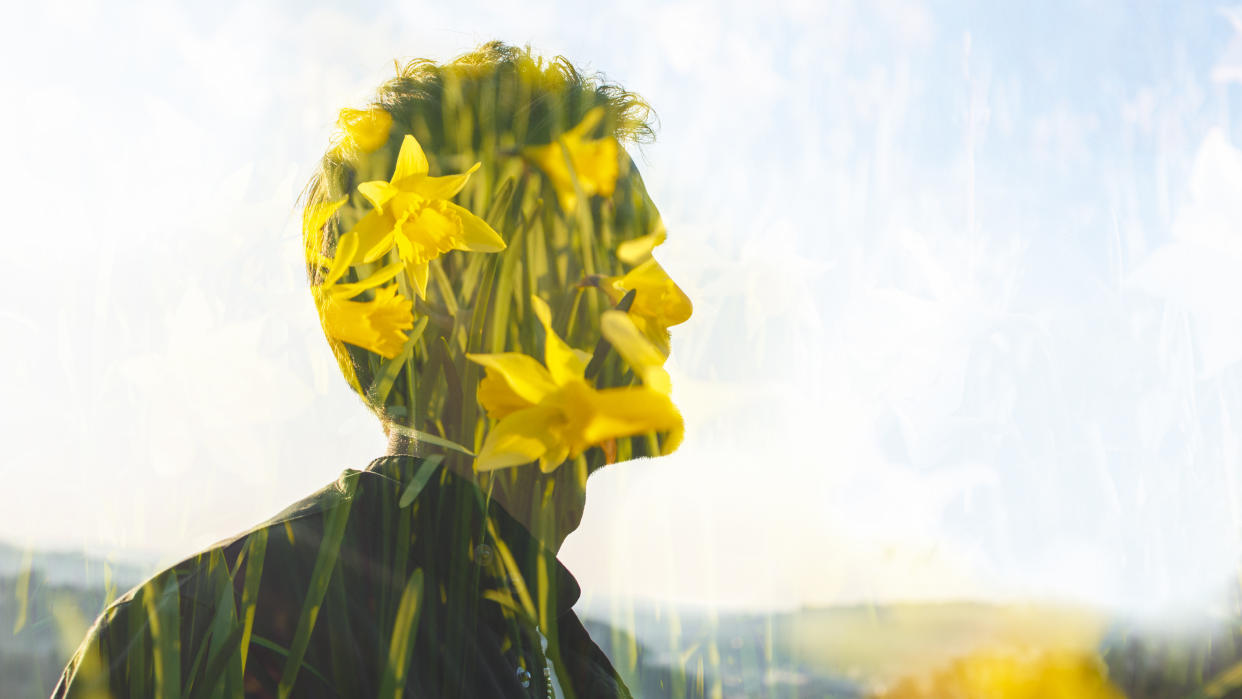
Double exposure photography is one of those genres that when done really well can result in beautiful, mind-boggling images – but when done badly it can look incredibly tacky.
Most people create double-exposure imagery with photo editing software, but before Photoshop or Lightroom existed people would create double exposures using film cameras. This was achieved by rewinding the roll of film and exposing it twice, but with rising film costs and development there are cheaper ways to do it today.
Some of the best mirrorless cameras and DSLRs now come with a feature that enables you to take double exposures as an in-camera feature. Not only does it take away the need for importing your images into editing software, but you can also see a sneak preview of your final image before pressing the shutter.
• Find out how to use the multiple exposure options on a Canon camera
Double-exposures lend themself particularly well to surreal or dreamlike photos, as creators can combine images that make the viewer question reality. Although in-camera double-exposure features don't give you complete creative control, they do the basics very well – and if you're just getting into double-exposure photography, that might be all you need.
All sorts of cameras now come with a double-exposure feature and some of them might just be a surprise! We round up the best picks below…
1. Polaroid Now+
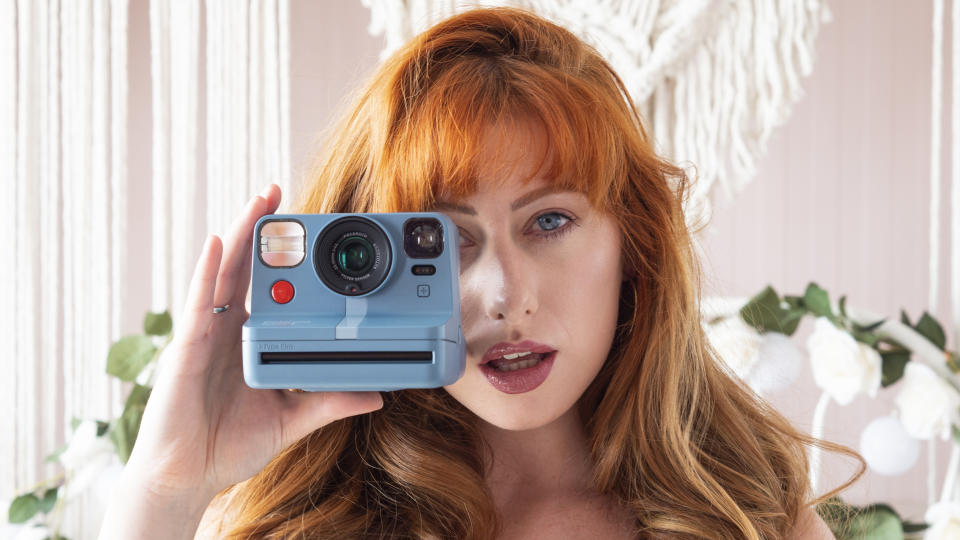
If you love shooting with instant film cameras and creating double exposures, you will love the built-in feature on the Polaroid Now+. It's super easy to use, you just need to press the self-timer button twice to enable double exposure mode, take your first shot followed by your second and then your image will print like normal. When double exposing film it's recommended you shoot your first image slightly underexposed so your chances of overexposing the final image are reduced.
2. Fujifilm GFX 100S
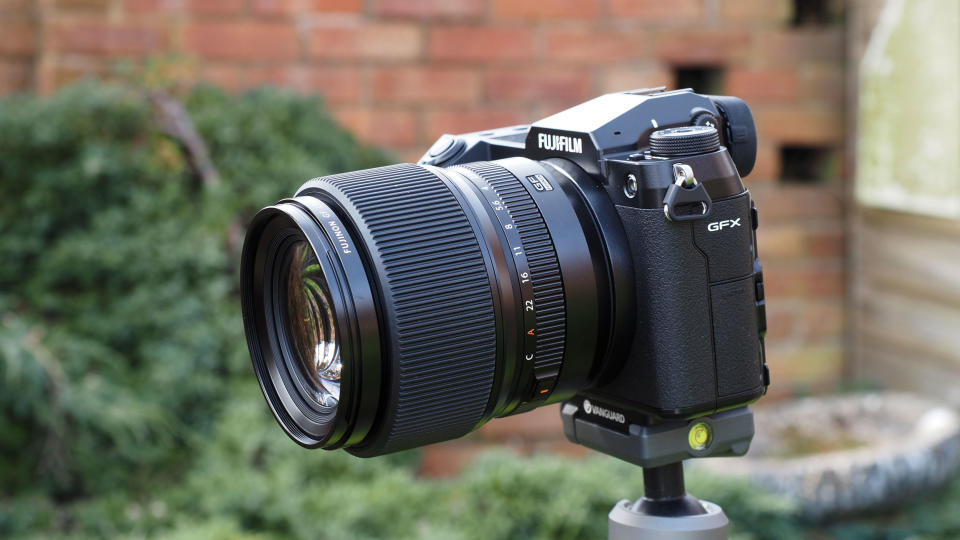
Once upon a time, built-in features such as double exposure (or multiple exposures, as Fujifilm call it) were reserved for more entry-level cameras – but today you can find it in most of Fujifilm's cameras, including the high-resolution medium format GFX 100S. The multiple exposure features enable you to see an overlay of your first image before taking your second. To select this option turn the drive dial to MULTI then press the drive button and select multiple exposures.
3. Canon EOS R5
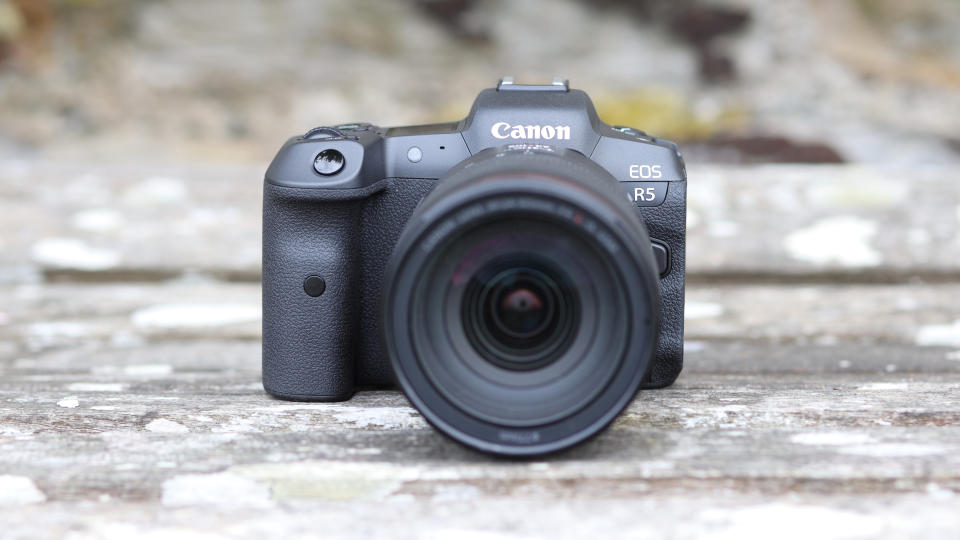
The Canon EOS R5 has two multiple-exposure shooting options. The first is Function Control, which enables you to shoot each individual image, check the exposures and then select a blend mode (additive, average, bright and dark). This mode gives you much more control over the final image, and you can even use older images saved on your memory card to create your double exposures.
The second multiple-exposure option is Continuous Shooting mode, which captures up to nine images and combines them into one composite image. It's more commonly used to capture action and movement, as images cannot be edited in-between shots.
4. Nikon Z7 II
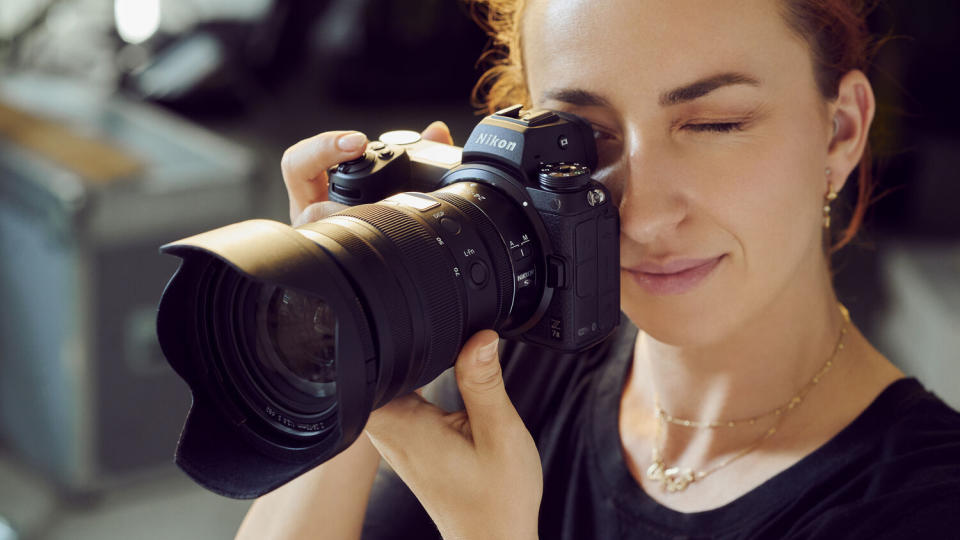
There is an option to shoot multiple exposures in most Nikon cameras but only some will show you an overlay preview. Although some purist double-exposure photographers might label this cheating, we think it's a really useful feature as it enables you perfectly align your images before taking the shot. Using the multiple exposure mode, you can shoot multiple images and the camera will automatically merge them together.
You can also use the image overlay mode to select photos you've already taken to combine. All you gave to do is select your images and adjust the opacity of each and a preview will appear – choose to save or overlay another image.
5. Canon AE-1
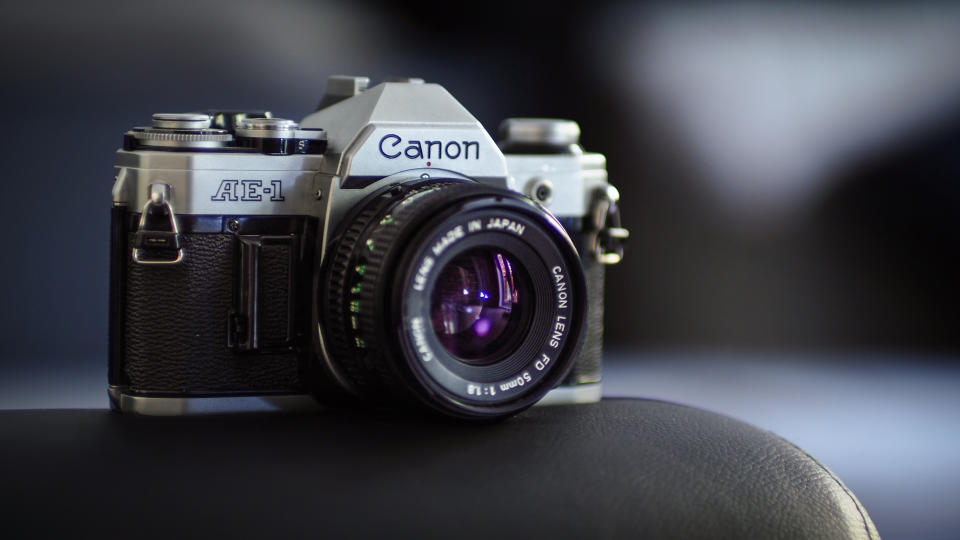
If you're a traditionalist, you may want to give double-exposure photography a go the old-fashioned way – using film! The Canon AE-1 is up there with some of the best film cameras and is a good option for anyone looking to invest in a decent body. Unlike all the digital options, there isn't a mode built into the camera that enables you to shoot double exposures; you will literally have to rewind the film and shoot it twice! Shooting double exposures on film is a little more risky, as you have no way of previewing what the end result will look like, but there is magic in the unknown.
If you'd still prefer to try the effect in post production, find out how to create a double exposure in Photoshop Elements and how to create a double exposure in Affinity.

